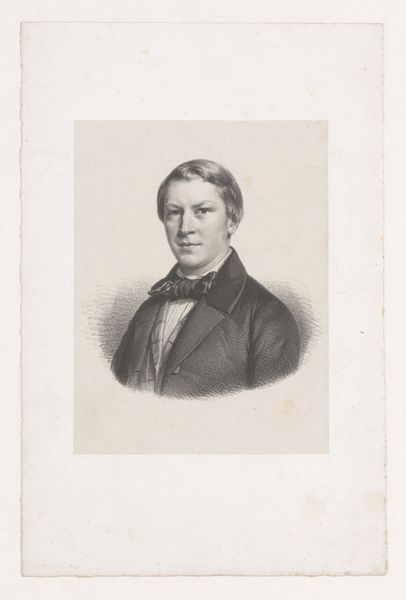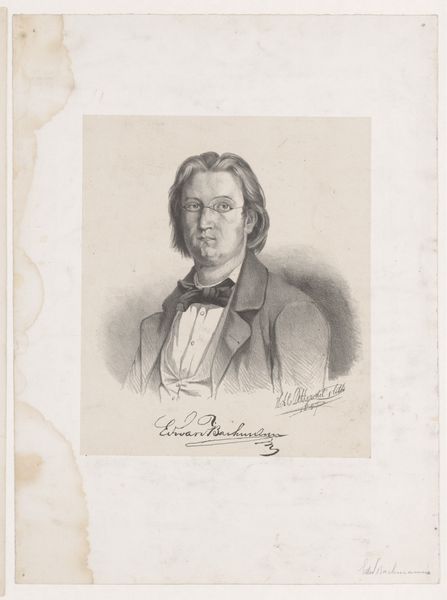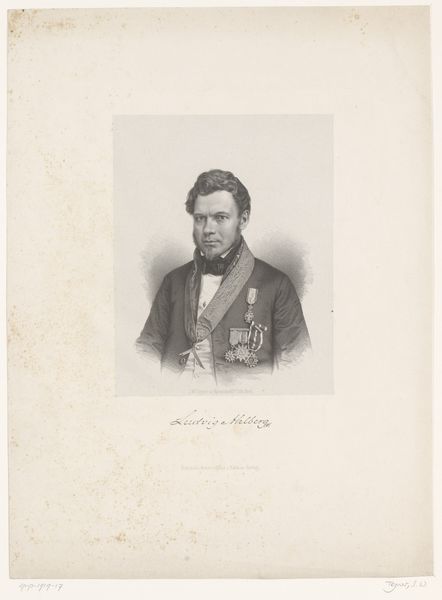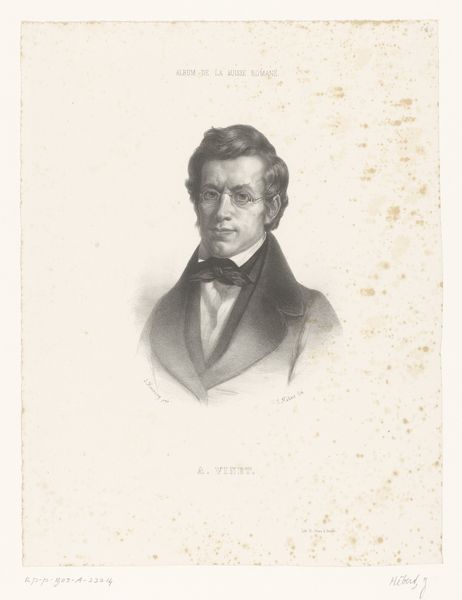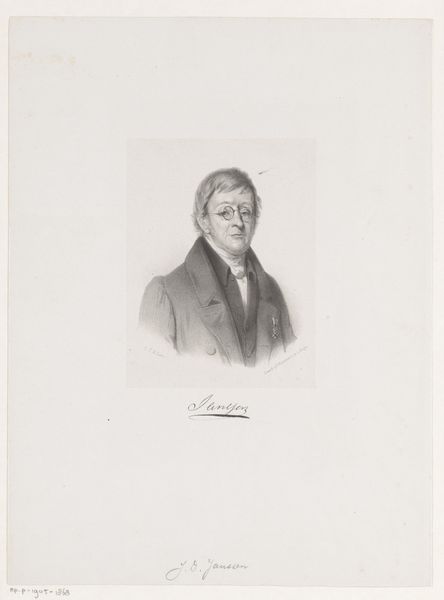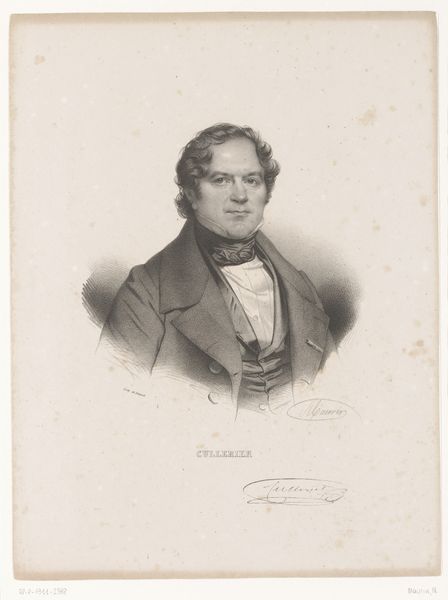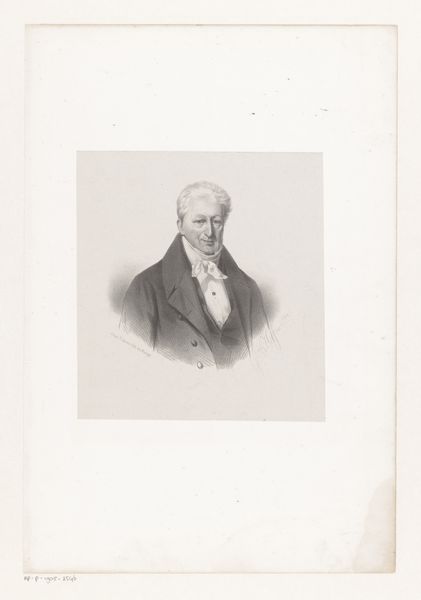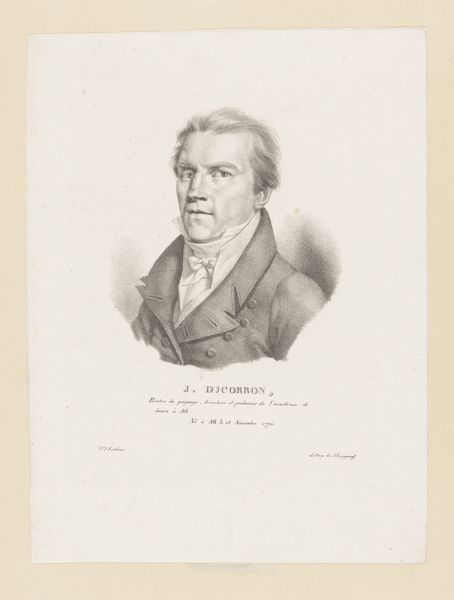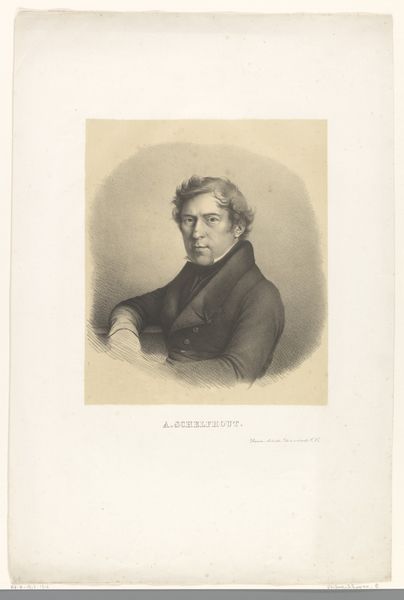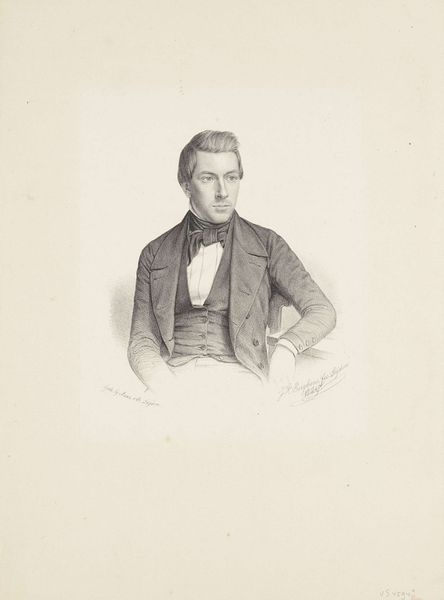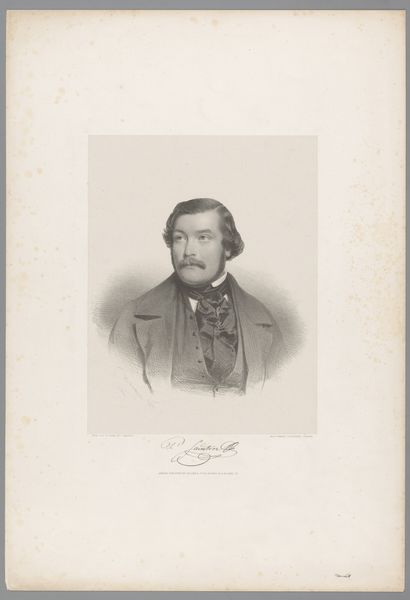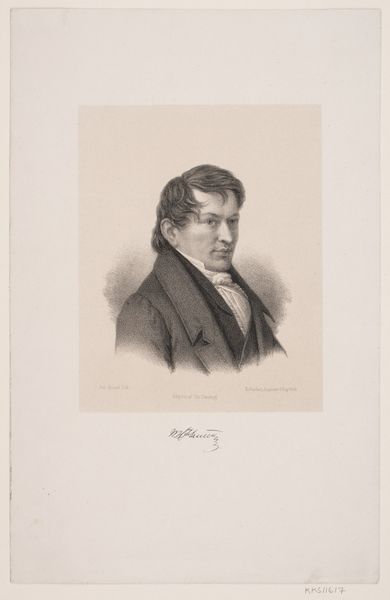
drawing, pencil
#
portrait
#
pencil drawn
#
drawing
#
caricature
#
pencil drawing
#
romanticism
#
pencil
#
portrait drawing
#
realism
Dimensions: height 356 mm, width 275 mm
Copyright: Rijks Museum: Open Domain
Editor: This is a portrait of Auguste-François Chomel, a pathologist, created by Zéphirin Belliard in 1837. It's a pencil drawing, and I'm immediately struck by the precision of the linework, particularly in capturing the textures of his clothing and hair. What stands out to you in this work? Curator: For me, the choice of pencil as a medium speaks volumes. It points to a democratizing impulse in art production. Here, you have the creation of a portrait, historically reserved for painting and the wealthy, being rendered in a relatively accessible and readily available material. What does that tell us about the accessibility of portraiture during the 1830s? Editor: That’s interesting. It makes you wonder about the intended audience and the artist's social standing. Perhaps pencil allowed for a quicker, less costly commission? Curator: Exactly. Consider the labor involved in creating a pencil drawing versus an oil painting. The materials themselves dictate a different kind of artistic engagement. The precision you noted in the linework suggests a different level of detailed, manual process, but possibly a faster overall production. It makes us consider who could afford a portrait, who could produce one, and what material best suited those economic realities. Does the use of pencil somehow diminish the subject's status? Editor: I hadn't thought of that. It is almost as if the artist elevates a traditionally humble material to produce a fine art. Curator: And what about the dissemination of this image? A pencil drawing can be easily reproduced via engraving, expanding its reach far beyond the confines of a single, original artwork. Editor: So, the choice of materials not only impacts production but also distribution and, ultimately, consumption of art? Curator: Precisely! Examining the material conditions under which art is made allows us to understand the complex social and economic forces at play. Editor: This has shifted my view completely. Thanks. I’ll look more closely at the media, production methods, and the role that artwork plays in society moving forward. Curator: Likewise. I’m finding new respect for this artist's material ingenuity and keen understanding of his place in a changing social landscape.
Comments
No comments
Be the first to comment and join the conversation on the ultimate creative platform.
